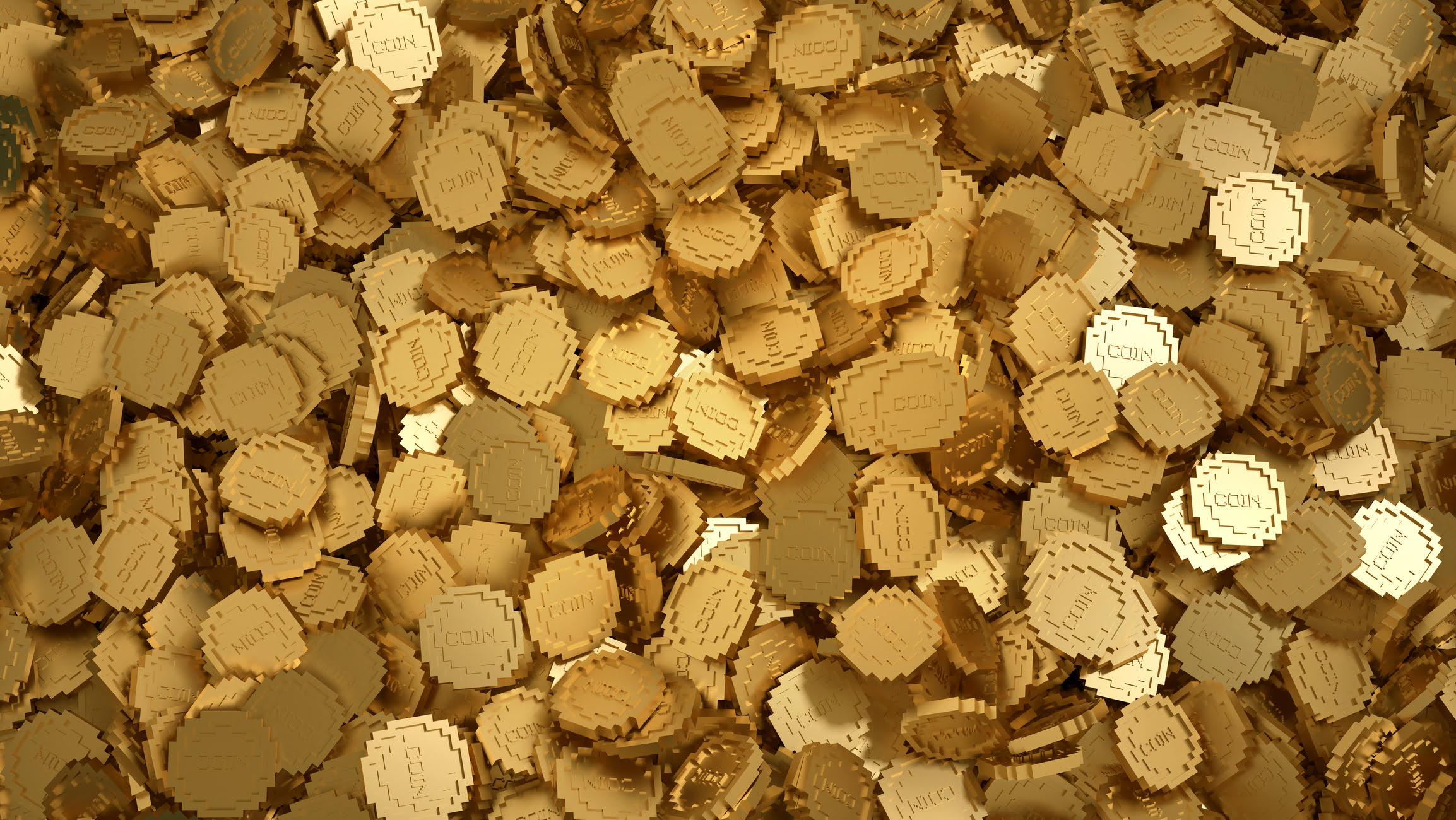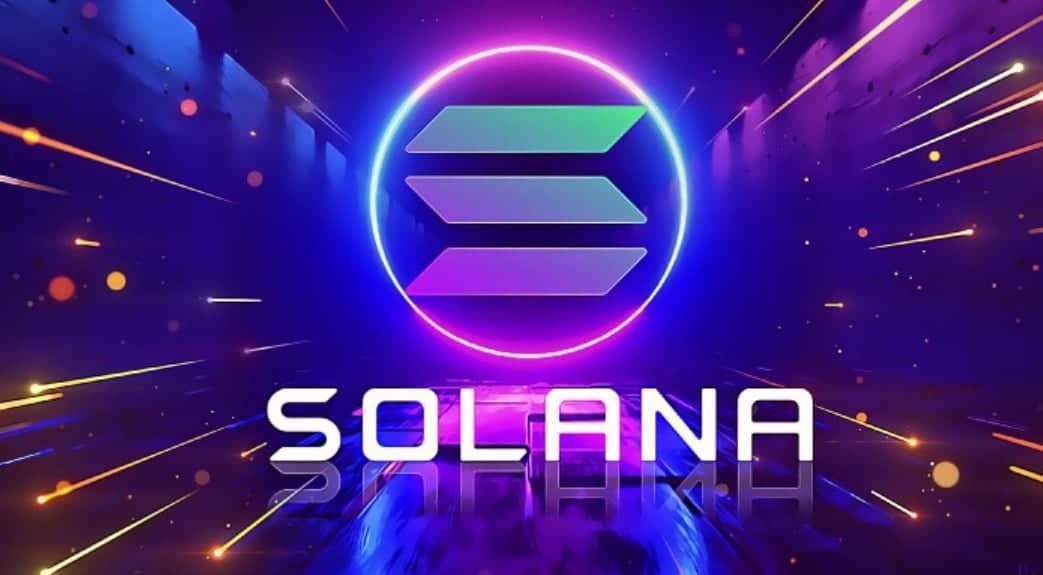5 new token standards you need to know

The NFT space is changing, but not in the overt ways that those on the blockchain have become accustomed to. Instead of PFPs, open-sources, and memecoins leading the charge into a new market phase, innovation now happens through token-level iteration.
While expansion and development over time is a given for the many new technologies being built in Web3, advents often fly under the radar until they are ready to really make an impact. But a number of new token standards look set to change that. Here are the ones you need to know about.
ERC-6551
ERC-6551 is a new type of token standard first proposed in February 2023 that gives each ERC-721 token a smart contract account. These “token-bound accounts,” as they have been called, allow ERC-721 tokens (a standard for the NFT space) to own assets and interact with applications without requiring changes to existing ERC-721 smart contracts or infrastructure.
7️⃣ You can make NFTs more non-fungible.
The first real example is the city of Sapienz @jeffstaple.
You can add different NFTs of Jeff to Sapienz’s wallet and they will be turned into different wearables and backgrounds.
The functionality is already working @open sea. 👏 pic.twitter.com/EGwhkzJEBu
— beast.eth (@beast_eth) 31 May 2023
Why ERC-6551?
most ERC-721s are static and not of much use
users can now interact with dApps
instead of tracing back a wallet’s history, you can now trace an NFT’s history
— amp bura (🌸, 🌿) mynameisamp.lens (@ampbura) 1 June 2023
Similar to how Coral’s backpack wallet allows an xNFT to function as an app, ERC-6551 essentially becomes an NFT itself into something resembling a backpack. Think of it as taking PFP NFT and creating an account for it. And this account can do things like collect tokens and rewards, run processes and send messages to other accounts, all from the NFT itself instead of the wallet it’s held in.
ERC-721C
ERC-721C, released in its “final” form in May 2023, is a new type of token standard designed to effectively make on-chain royalties enforceable. Unlike ERC-721 and ERC1155 – the most created and traded type of NFTs – this new standard makes royalties programmable, allowing creators to block fee-free exchanges from platforming their works once and for all.
This new standard was created by the blockchain gaming company Limit Break to allow creators to set new rules for on-chain royalties. ERC-721C essentially allows for the creation of a new type of customizable royalty contract that allows creators to choose where their NFTs are sold and allows them to filter interactions from just the contracts and applications they choose themselves.
BRC-721E
BRC-721E, introduced in May 2023, is a new standard created to allow traders to turn Ethereum-based NFTs into Bitcoin NFTs. Created as a collaboration between Ordinals Market and Bitcoin Miladysthis simple protocol allows ERC-721 NFTs to migrate to Bitcoin individually without a developer needing to type an entire collection beforehand.
Time for a brand new protocol.
👉 Permission-free bridging from ETH to BTC
👉 Listed immediately on marketplaces when entered
👉 Cost-effective for large collections
👉 From the head to @OrdinalsMarket_ and @BitcoinMiladysIntroducing the BRC-721E 🥝🧵 pic.twitter.com/J50MagEVi3
— kiwidream.eth (@kiwi_dream) 29 May 2023
The standard works by encoding data directly into a burn transaction, meaning that when a user creates a BRC-721E, they in turn destroy the originating NFT to receive a new Ordinals Inscription. The process also works for airdrops, and collections going from ETH to BTC using the BRC-721E will automatically be listed on the Ordinals Market.
BRC-20
The Bitcoin Request for Comment 20 token, better known as BRC-20, is a token standard created in March 2023 by an anonymous developer who goes by the name Dome. BRC-20 is quite similar to ERC-20, the Ethereum-based standard for fungible tokens. Nevertheless, BRC-20 is unique in how it works to give Bitcoin a more sophisticated NFT functionality.
Essentially, BRC-20 is an experimental token standard that enables fungible tokens to be minted and traded via the Ordinals protocol on the Bitcoin blockchain. Notably, BRC-20 does not use smart contracts like other popular NFT standards, but rather allows users to store a script file on Bitcoin, using Ordinals to write JSON data to Satoshi (rate) – the atomic unit of Bitcoin.
SRC-20
SRC-20, also known as STAMPS (Secure Tradeable Art Maintained Securely), is a new standard on Bitcoin created in May 2023 by Stamp chain. It was developed on the basis of BRC-20, with the significant difference that while BRC-20 transactions are stored in witness dataSRC-20 transactions are stored in consumable data.
For the longest time, tokens on the bitcoin network required excessive effort as there was no good way to create them.
But this latest development of @Stampchain is a nice upgrade.
And as more people build on bitcoin, we will see better infrastructure!
6/8
Create your own token:
— Demetsh (@0xdemetsh) 14 May 2023
Essentially, this means that it is theoretically possible for BRC-20 tokens and data to be removed from Bitcoin. But the same is not true with SRC-20, which gives this particular standard an extra layer of decentralization. STAMPS was inspired by and utilizes the Counterparty minting protocol, which was used to launch the historic and highly sought after Rare Pepes collection.
























